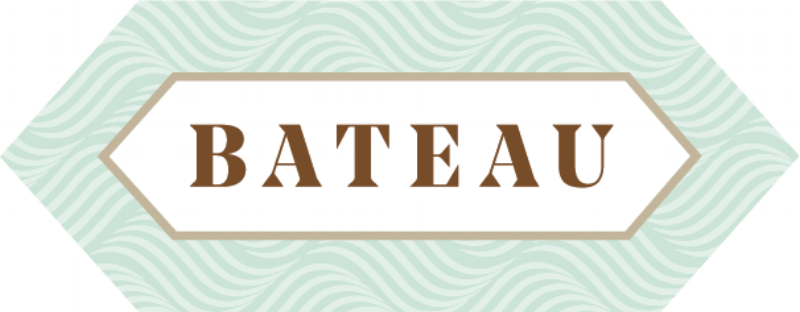The Bateau
Illustration by J.R. Hamilton. The Valentine.
From the time of the American Revolution until the 1840s, long, shallow-draft boats called bateaux plied the James River, transporting tobacco, wheat, coal, and other goods downstream to Richmond. At the Great Basin, once just a short walk from where you sit now, they were loaded with salt, sugar, coffee, whiskey, and the like, then poled back upriver by crews of three bateaumen. When conditions favored the boatmen – most of whom were black, many of them enslaved – they made the 150-mile journey from Lynchburg to Richmond in three days, skillfully navigating the rapids as they guided their heavily laden vessels downstream; the arduous return trip, against the current, took ten days or more. By 1830, roughly 1,500 watermen crewed 500 bateaux up and down the James. That year alone they ferried more than 15,000 tons of tobacco into Richmond from points upriver. The era of the bateau came to an end on the James after the completion of the Richmond–Lynchburg portion of the Kanawha Canal in 1840, when horse-drawn canal boats replaced bateaux as the prime movers of goods and passengers on the water.

